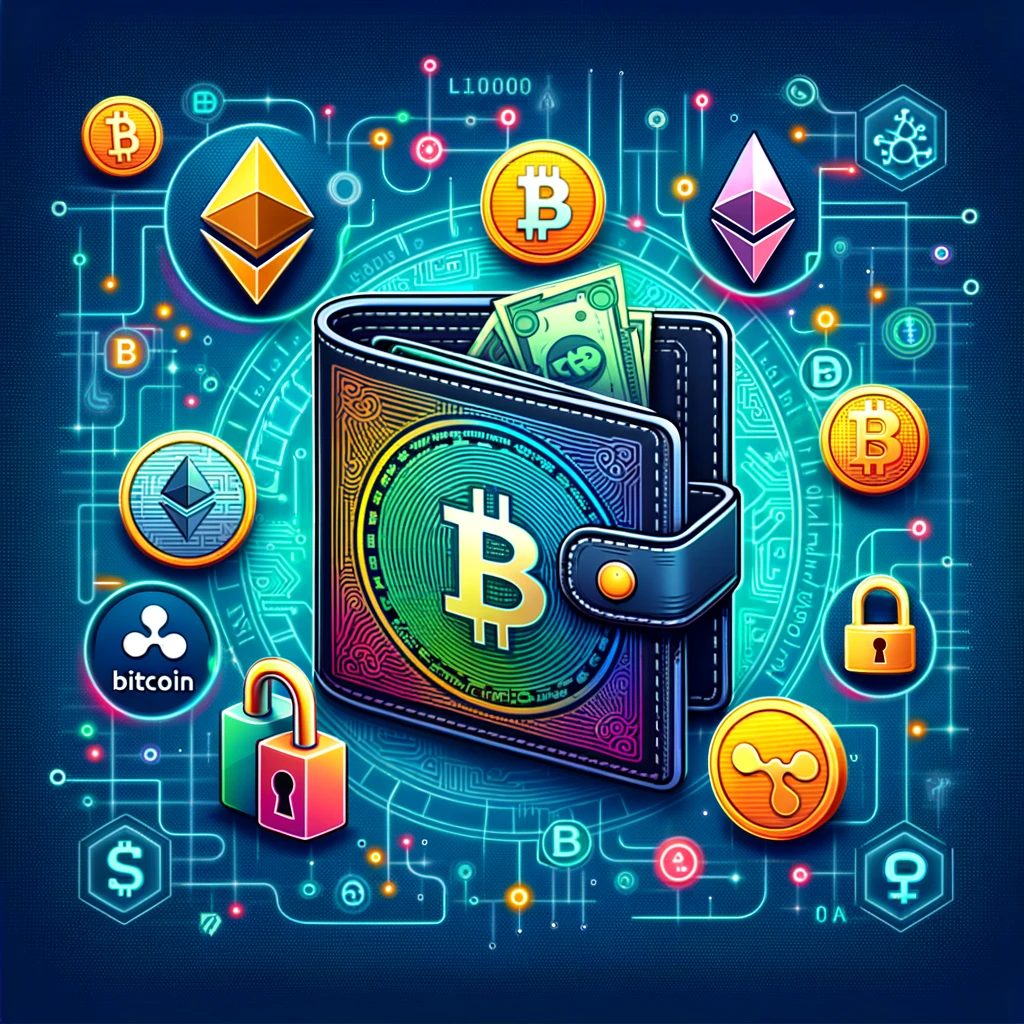What is blockchain and how does it work?

Do you know what blockchain is?
It's like a special kind of database, also called a decentralized digital ledger. Imagine, this thing is not stored on just one computer, but on a whole bunch of computers all over the world. And what's even more interesting is that the data in this blockchain is distributed in blocks, which are arranged chronologically and protected by cryptography.
By the way, the first version of blockchain appeared back in the 90s, when a couple of smart guys, Stuart Haber and W. Scott Stornetta, came up with the idea of using cryptography to protect digital documents. And that inspired many to create Bitcoin, the first cryptocurrency, which made blockchain so popular. Since then, it's been on the rise, and every day more and more people are diving into the world of cryptocurrencies.
But what is decentralization in blockchain?
Essentially, it means that all the power and decisions are not concentrated in one place, but distributed among users. It's like everyone working together, collaborating, and checking each other. There's no central boss in this business; all the work is shared among everyone. And blockchain is not just a database; it also provides various services, like cryptocurrencies or tokens, with which you can make transactions without intermediaries.
So how does blockchain itself work?
It's like a digital ledger that records transactions between users and protects them from anyone. Each transaction is verified by multiple computers around the world, so nothing goes unnoticed. And if everything checks out, the transaction is added to a block, and then blocks are linked together into a chain, forming an unbreakable mechanism. And remember, cryptography is used in this process, which secures the data and makes everything reliable and secure.
Let's understand how this whole thing works.
Each participant in the network has their unique pair of keys: private and public. The private key is like a secret code that nobody needs to reveal, while the public key, on the contrary, is available to everyone. When someone decides to send a transaction, they sign it with their private key, creating a so-called digital signature. After that, other network participants can verify this transaction using the sender's public key and the digital signature. This approach makes all transactions safe and reliable because only the owner of the private key can initiate a transaction, and anyone can verify it.
Interestingly, blockchain is also transparent. This means that anyone can peek into the blockchain and see information about transactions. For example, on special websites, you can see all the transactions in the Bitcoin network, including the addresses of senders and recipients, transaction amounts, and other information.
Now, what about the consensus mechanism?
It's like a tool that helps all network participants agree on the state of data. It's especially important when there are tens of thousands of nodes in the network, and it's necessary for everyone to be on the same page. There are several types of consensus mechanisms, but two of the most common ones are Proof of Work (PoW) and Proof of Stake (PoS).
Proof of Work is used, for example, in the Bitcoin network. In this case, miners solve complex mathematical problems to add a new block to the blockchain. They get rewarded for their work, but this process requires significant computational power and, consequently, a lot of energy.
Proof of Stake, on the other hand, doesn't require mining. Instead, validators are at work in the system, chosen based on the amount of cryptocurrency they hold in staking. They create new blocks and confirm transactions, earning commissions for it.
Here are just two examples of consensus mechanisms, and there are many more. Each of them has its own features and advantages, but they all serve one purpose — to ensure the reliability and security of the blockchain operation.
So, let's remember why blockchain is needed in the first place and what advantages it offers.
-Decentralization: One of the main advantages of blockchain. There is no central control here, which makes the system more resistant to attacks and data leaks. Moreover, decentralization increases the overall level of security.
-Transparency: All transactions on the blockchain are visible to all users. This makes tracking and verifying transactions easy and transparent.
-Immutability: Once a transaction is added to the blockchain, it cannot be changed or deleted, making this system reliable. All approved transactions are recorded and stored forever.
-Efficiency: Blockchain can speed up transaction processing and reduce costs since there are no intermediaries like banks. This makes the process more efficient and accessible.
-Lower Fees: Using blockchain can reduce transaction costs by eliminating intermediaries and automating processes.
-Trustless Nature: Thanks to blockchain technology, transactions are verified and confirmed by the network participants themselves, eliminating the need to trust intermediaries.
Now let's talk about the different types of blockchain networks:
-Public Blockchain: This is an open decentralized network available to everyone. Examples of such networks include Bitcoin and Ethereum.
-Private Blockchain: This is a closed network controlled by a single organization and used for its internal needs.
-Blockchain Consortium: This is a hybrid of public and private blockchains where several organizations jointly create a common network.
Finally, blockchain finds application in many areas, including cryptocurrencies, digital identification, voting, supply chain management, and smart contracts. It provides security, transparency, and efficiency in various fields of activity.
In conclusion, blockchain technology offers a secure and transparent method of recording transactions and storing data. Its potential could lead to a revolution in many industries, providing a new level of trust and security in the digital world.
Blockchain opens up broad prospects, allowing for peer-to-peer transactions, creating new forms of digital assets, and developing decentralized applications. As this technology continues to evolve and gain popularity, we can expect to see new innovative use cases in the coming years.




